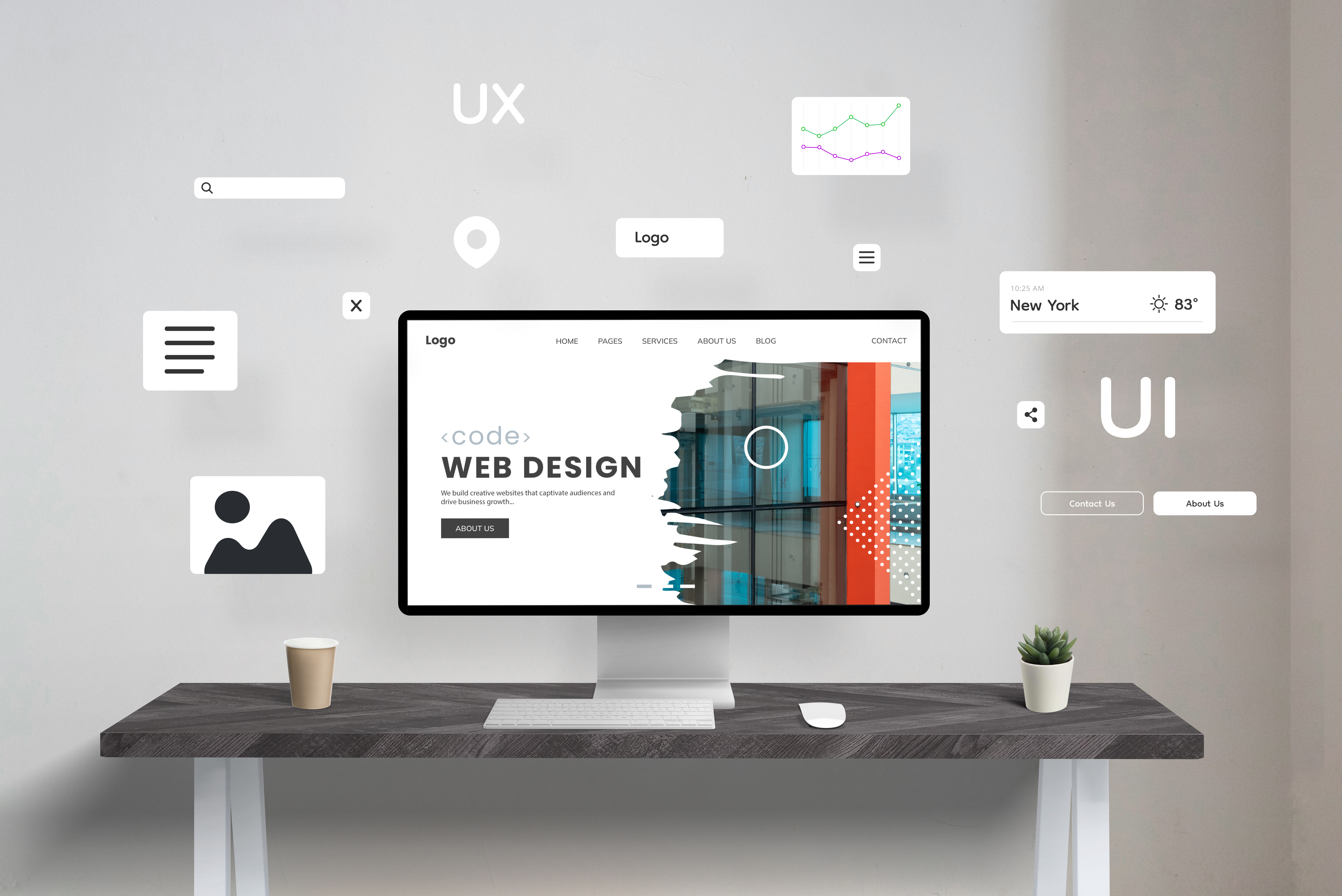Emerging Trends in Web Design That Boost SEO Performance
Your website might look great, but if you’re not keeping up with the latest web design trends, you could be missing out on boosting your SEO performance. As a business owner, understanding these trends isn’t just a task—it’s a chance to enhance your digital presence and connect with a wider audience. From responsive design to mobile-first strategies, these trends can transform how users interact with your site. Let’s explore how these changes can make a real difference for your business. Explore more about these web design practices here.
Responsive Design and User Experience

Staying updated with responsive design trends is crucial for enhancing the user experience and boosting SEO performance. A site that’s easy to navigate on any device not only satisfies users but also ranks better on search engines. Let’s discuss the significance of mobile-first design and ADA compliance in creating an inclusive and optimized web experience.
Importance of Mobile-First Design
Mobile-first design prioritizes how a website performs on mobile devices before scaling up to larger screens. This approach is critical as more users access the web through smartphones and tablets. A site designed with mobile users in mind ensures a seamless experience, which is a vital component of effective SEO strategy.
To implement mobile-first design:
Prioritize Content: Focus on what’s most important for mobile users and streamline your design accordingly.
Responsive Techniques: Use flexible grids and layouts to adjust content according to screen size.
Test Extensively: Ensure functionality across different devices and browsers.
A mobile-first approach often leads to faster load times, reduced bounce rates, and improved user engagement. These factors contribute to better SEO performance, making it a key trend for 2023. Discover how these trends impact your site’s UX and SEO.
ADA Compliance and Accessibility
ADA compliance ensures that websites are accessible to all users, including those with disabilities. Accessibility is not only a legal requirement but also an ethical commitment to inclusivity. The Web Content Accessibility Guidelines (WCAG) provide a robust framework for making web content more accessible.
To enhance accessibility:
Use Alt Text: Provide descriptive text for images to assist screen readers.
Keyboard Navigation: Ensure your site can be navigated using a keyboard alone.
Color Contrast: Utilize high contrast colors for readability.
Implementing these practices can lead to better user experiences and improved SEO outcomes. By making your site accessible, you’re opening it up to a wider audience while potentially improving its search engine rankings.
Page Speed Optimization Techniques

Optimizing page speed is vital for enhancing SEO performance. A fast-loading website improves user experience and search engine rankings. Let’s explore techniques to achieve optimal page speeds and tools for analyzing performance.
Fast Loading Times for SEO
Fast loading times are essential for retaining users and improving your site’s SEO. Google considers page speed as a ranking factor, so it’s important to ensure your site is as fast as possible. Factors affecting page speed include server response times, image sizes, and code efficiency.
To improve page speed:
Compress Images: Use image formats like WebP and compress them to reduce file size.
Minimize Code: Remove unnecessary code and use minification tools.
Leverage Browser Caching: Store static files locally to reduce load times for returning visitors.
A swift website not only keeps users engaged but also signals to search engines that your site is optimized for performance, boosting your SEO efforts.
Tools for Analyzing Page Speed
Several tools can help analyze and improve page speed, providing insights into performance bottlenecks. Using these tools can guide your optimization strategies effectively.
Google PageSpeed Insights: Offers detailed analysis and suggestions.
GTmetrix: Provides comprehensive reports on load time, file sizes, and requests.
Pingdom Tools: Monitors page speed and provides historical performance data.
These tools help pinpoint areas for improvement, allowing you to make informed decisions on optimizing your site’s performance. Explore more about changing SEO trends.
Enhancing SEO Through Modern Design

Modern web design trends are pivotal in improving SEO performance. By leveraging these trends, you can create an engaging and search engine-friendly website. Here’s how to integrate these trends effectively.
Leveraging Web Design Trends
Incorporating the latest web design trends can significantly enhance your site’s SEO. Trends such as minimalism, interactive elements, and micro-animations can boost engagement and reduce bounce rates.
Consider these strategies:
Minimalist Layouts: Simplify navigation to focus on key content areas.
Interactive Elements: Use animations to make user interaction more engaging.
Micro-Animations: Add subtle animations to guide user actions.
By adopting these trends, you can create a visually appealing and functional site that appeals to users and search engines alike. Learn about the latest web design trends.
Engaging User Experience Strategies
An engaging user experience is crucial for retaining visitors and converting them into customers. Design strategies that focus on user comfort and intuitive navigation can enhance the experience significantly.
Clear Navigation: Ensure users can easily find what they’re looking for.
Consistent Design: Maintain a uniform look and feel throughout the site.
Personalized Content: Tailor content to meet the needs and preferences of your audience.
These user experience strategies not only improve user satisfaction but also contribute to better SEO performance by encouraging longer visits and more interactions with your website.


